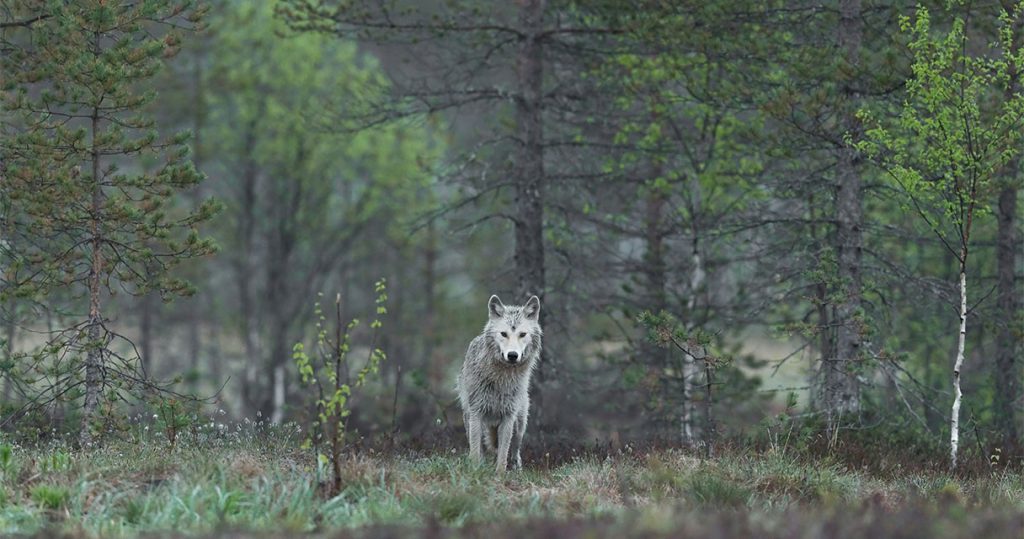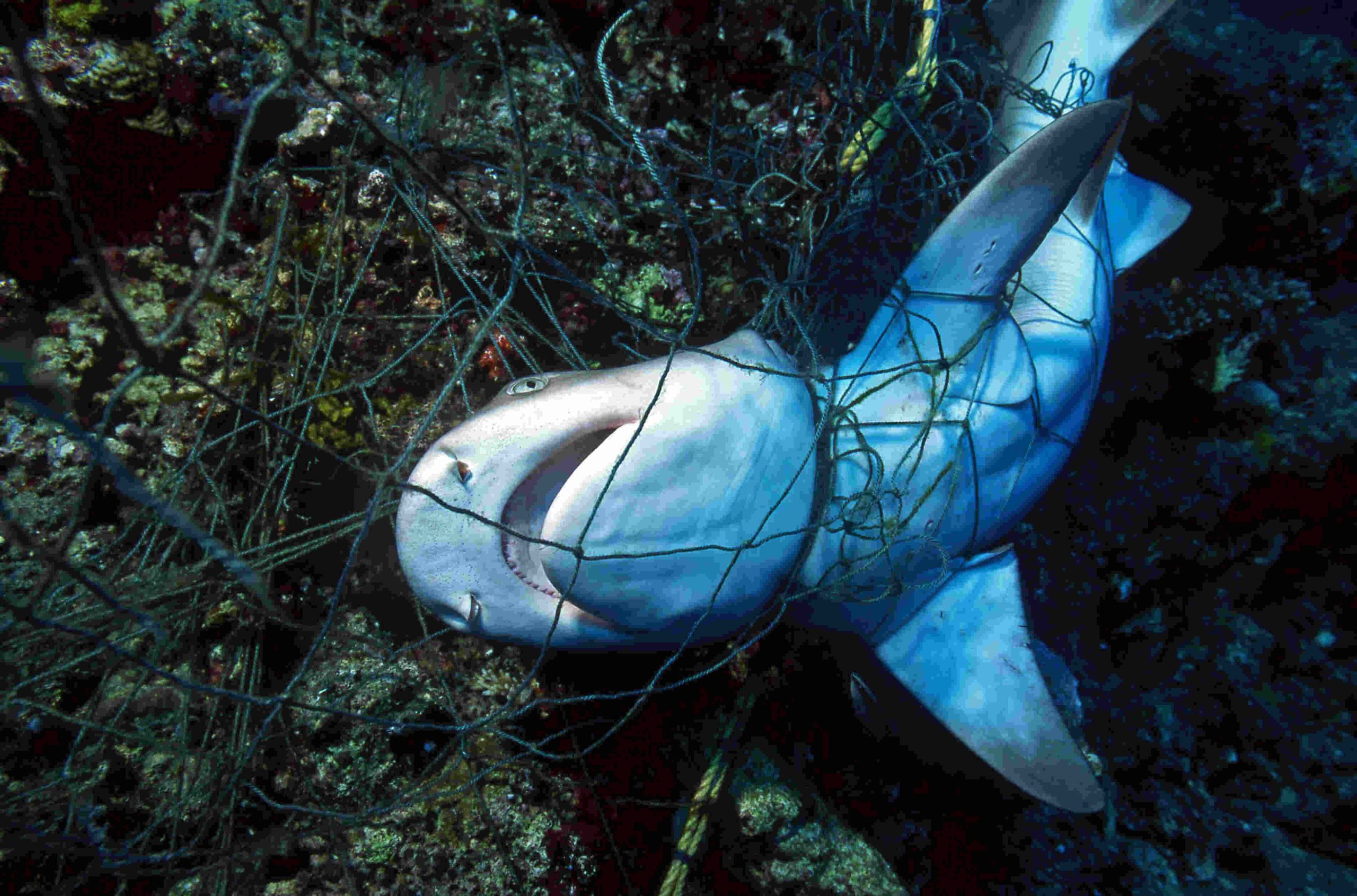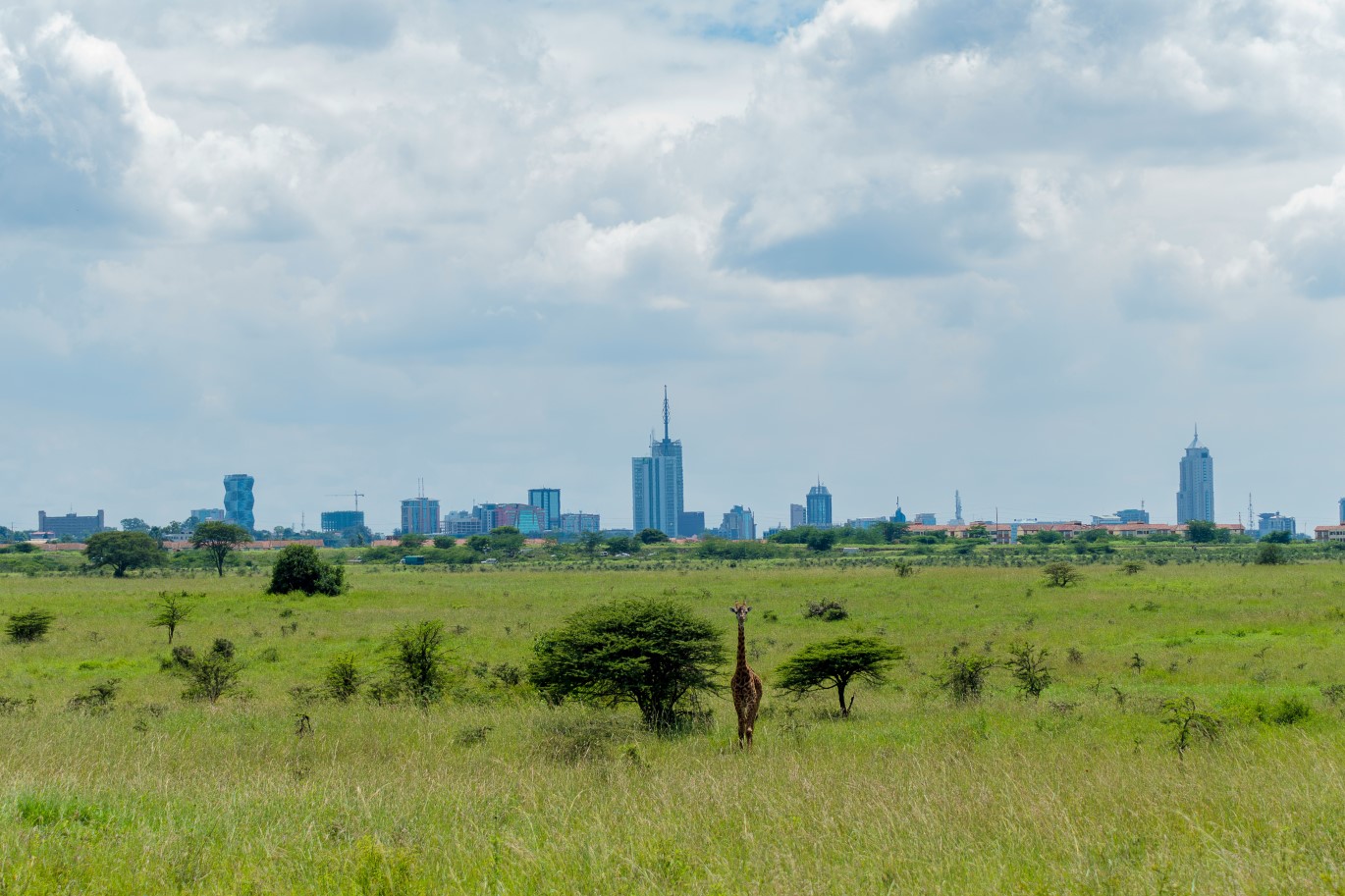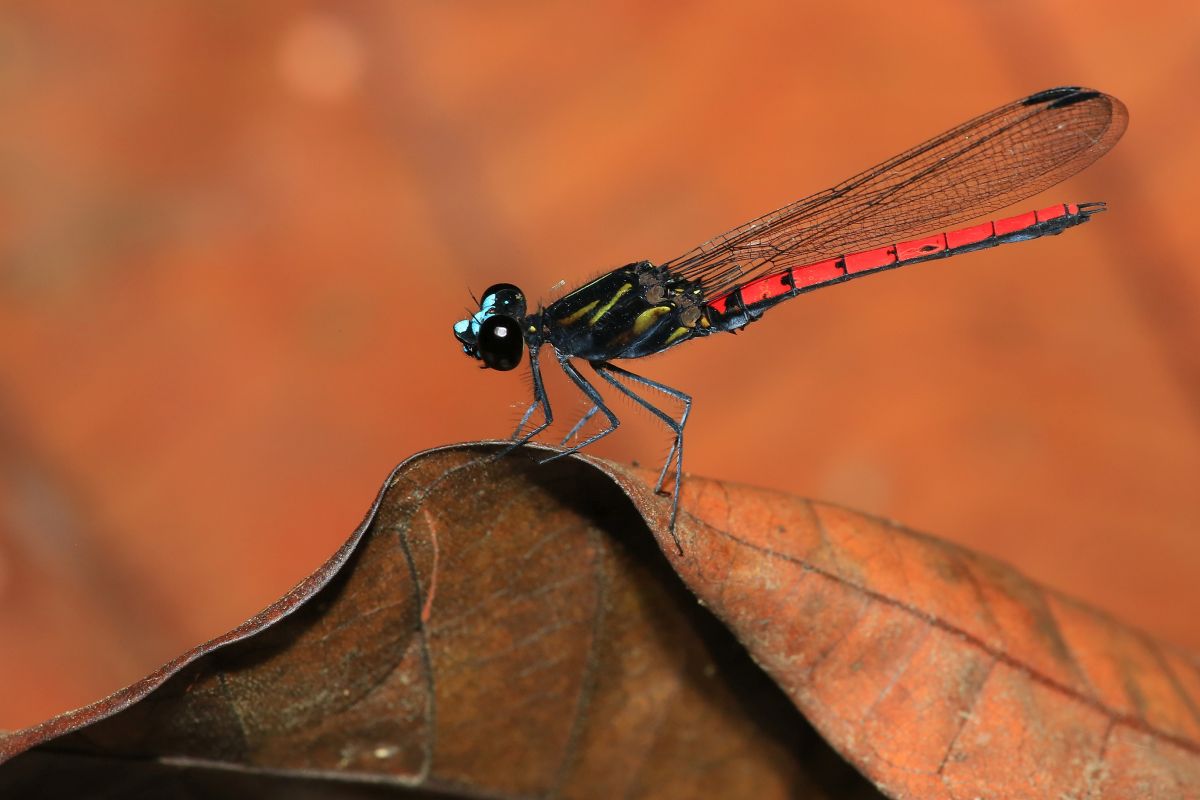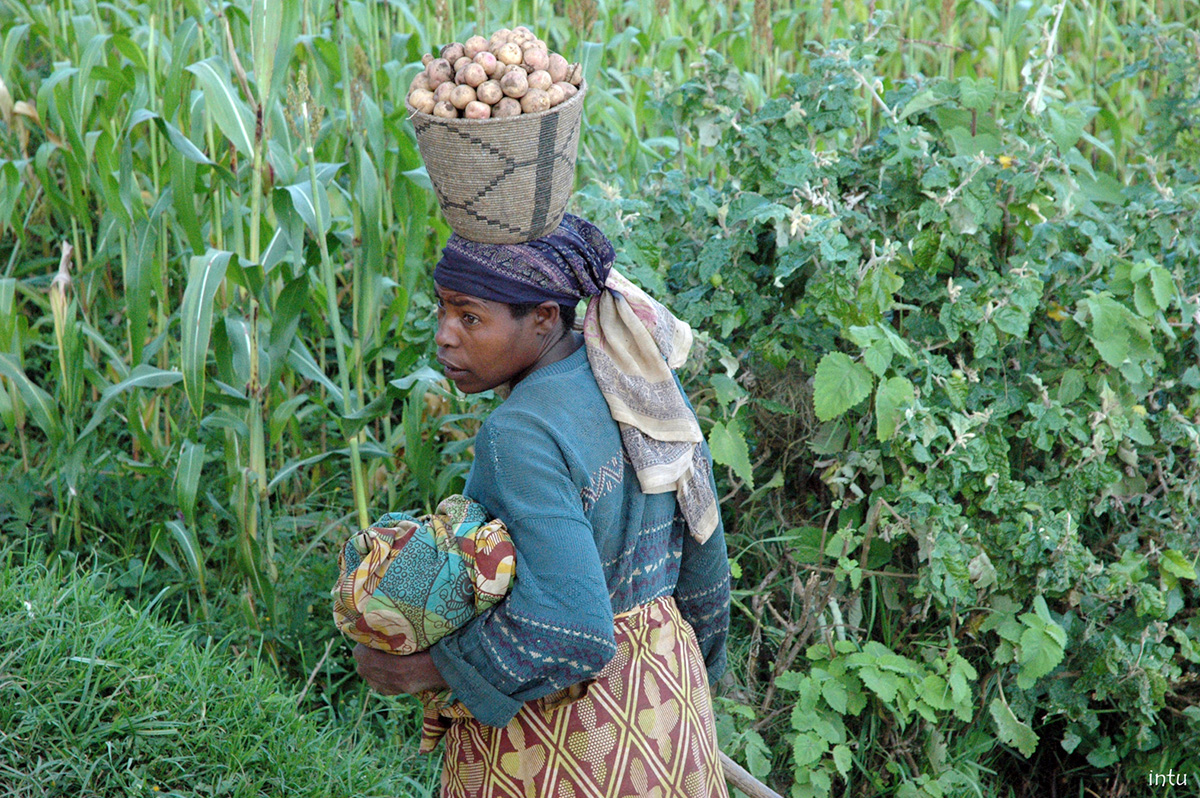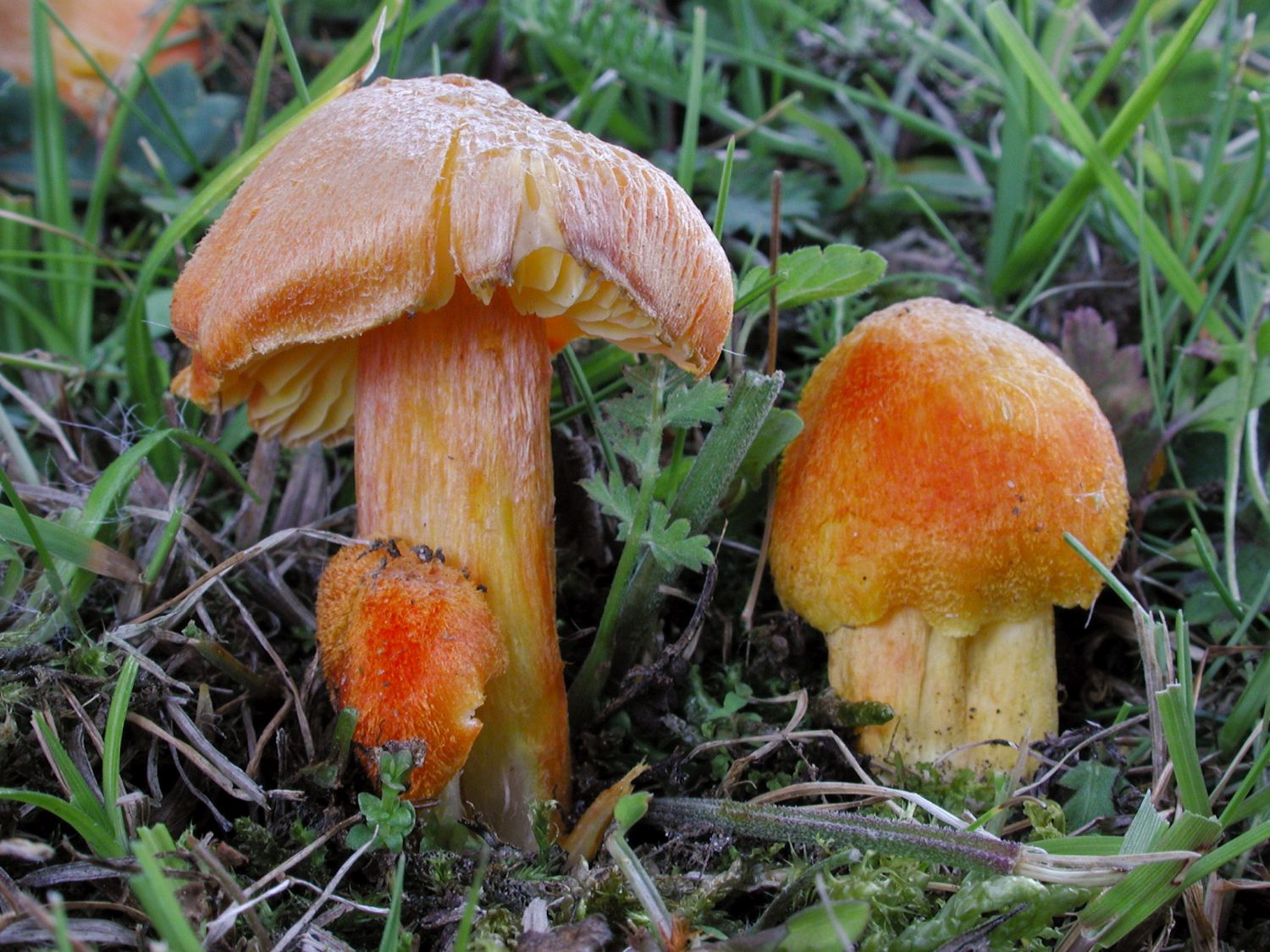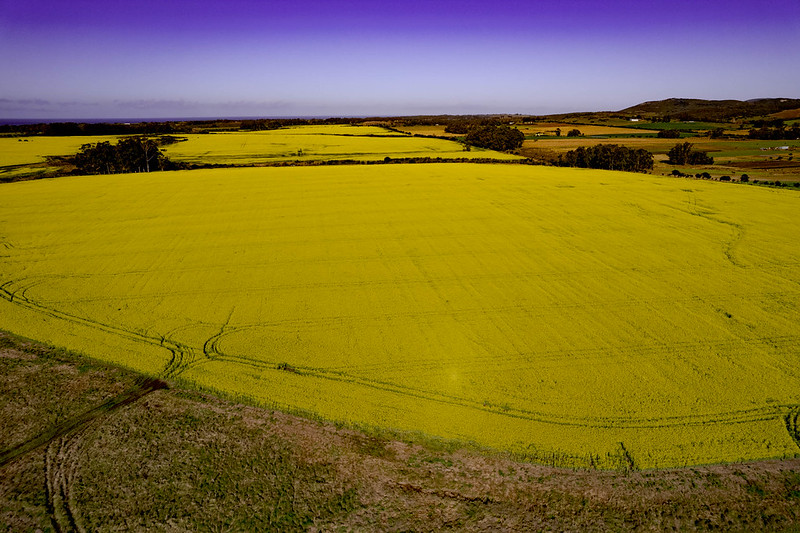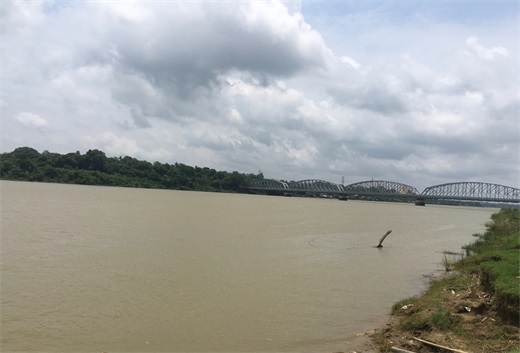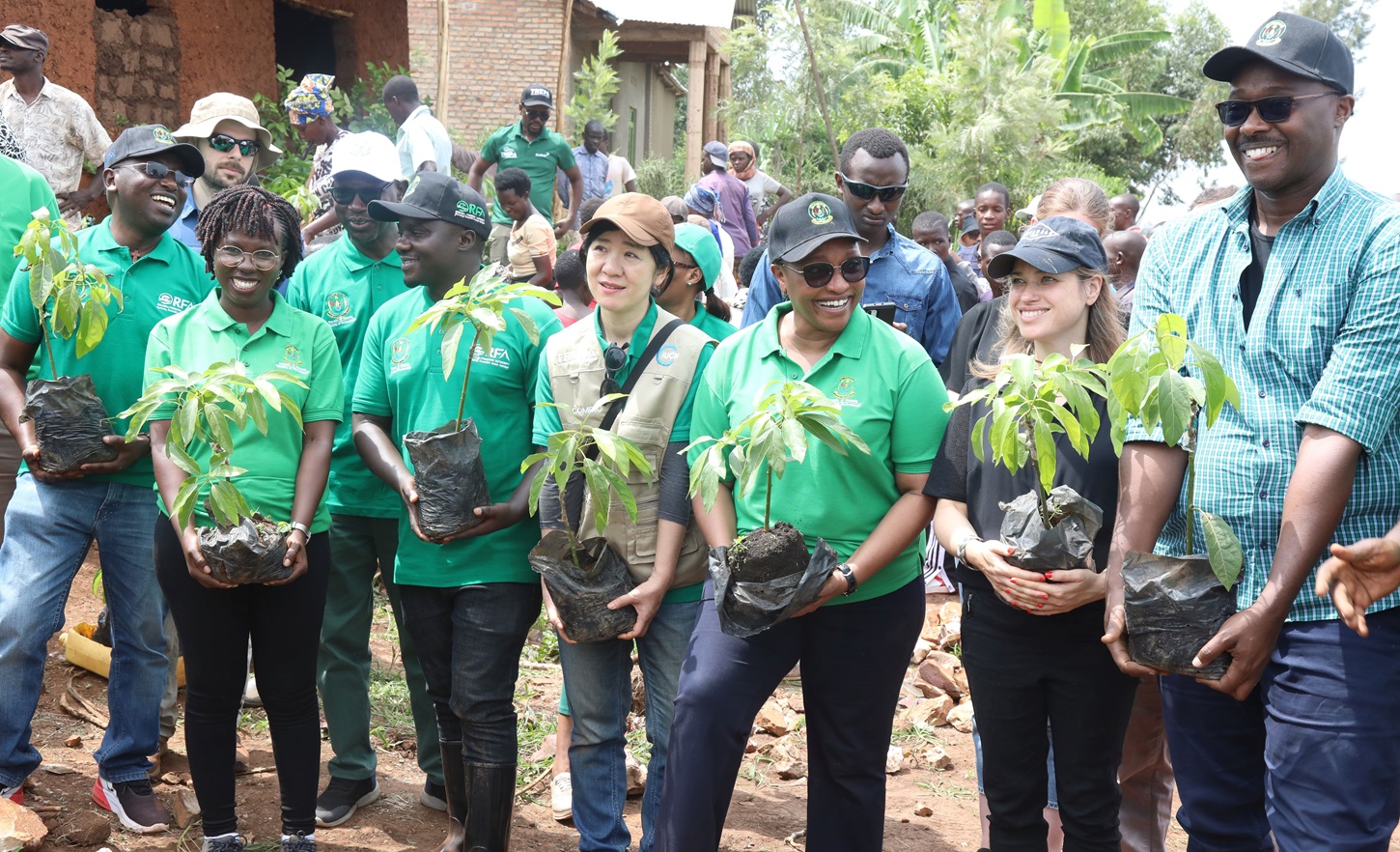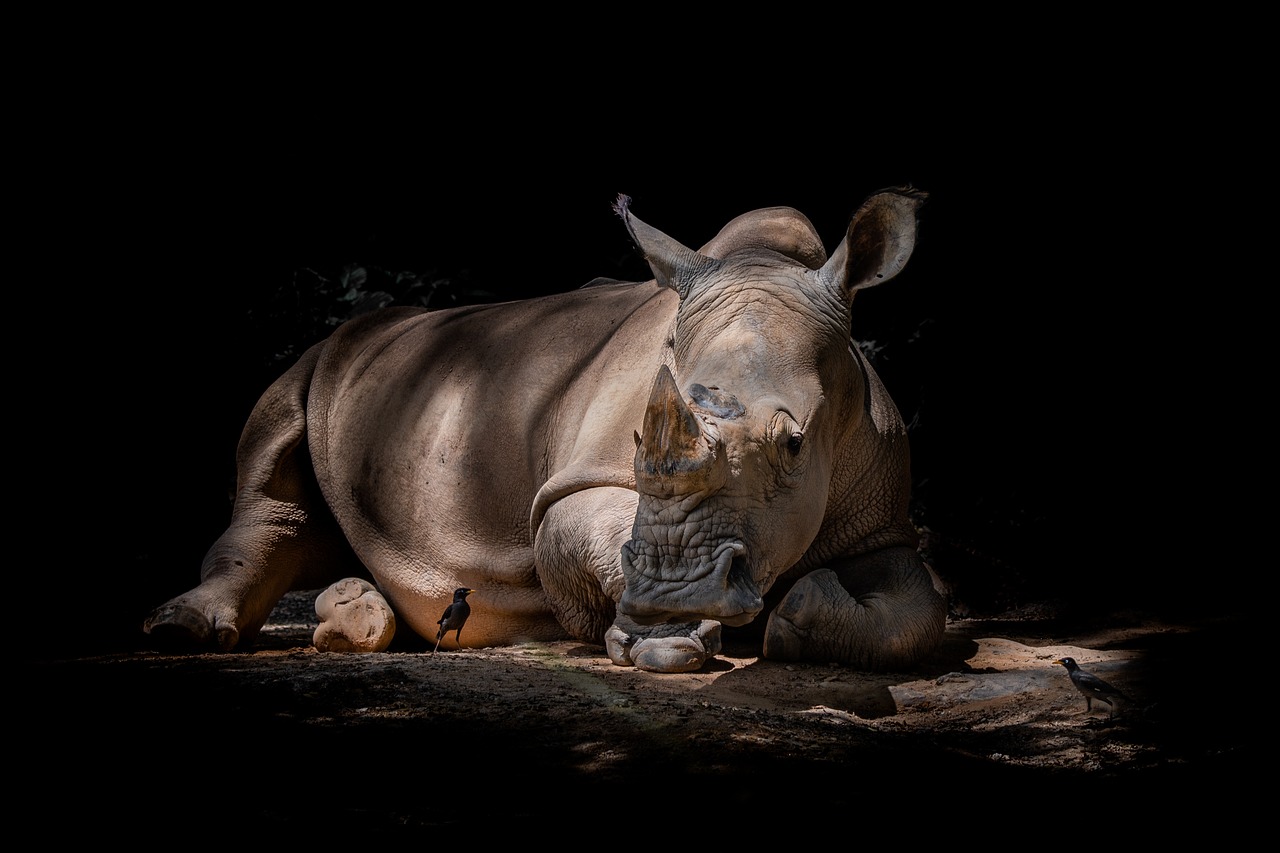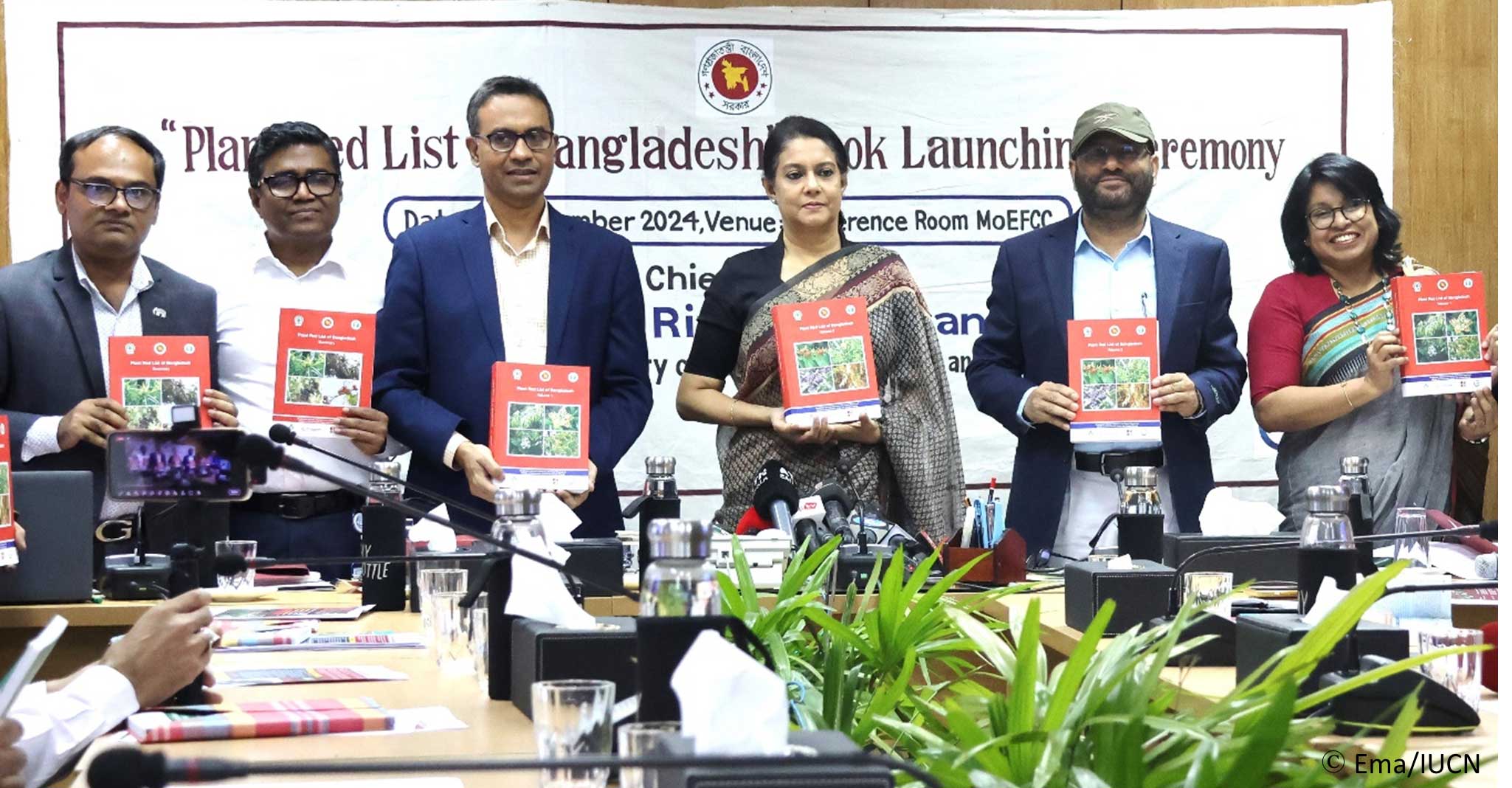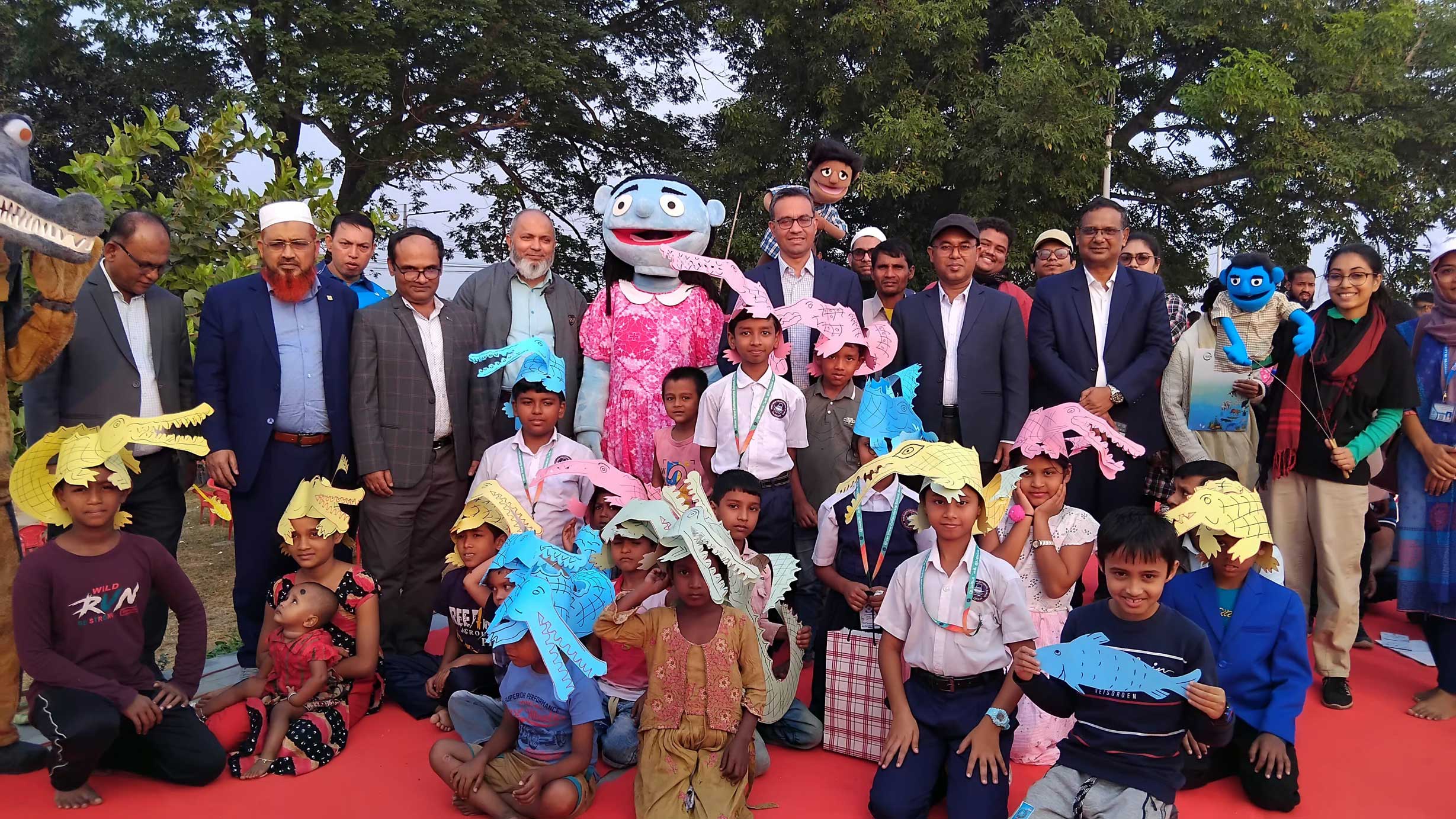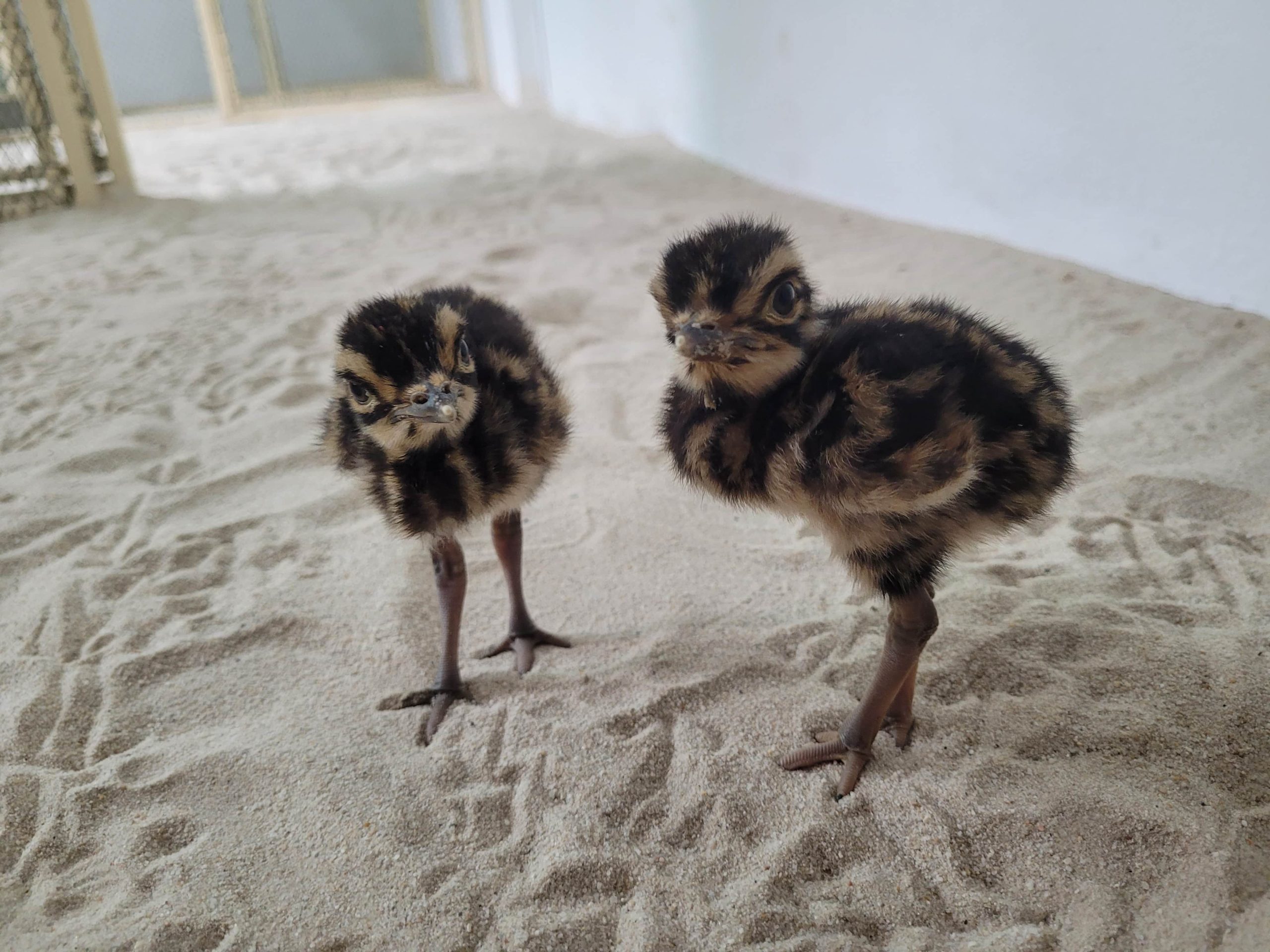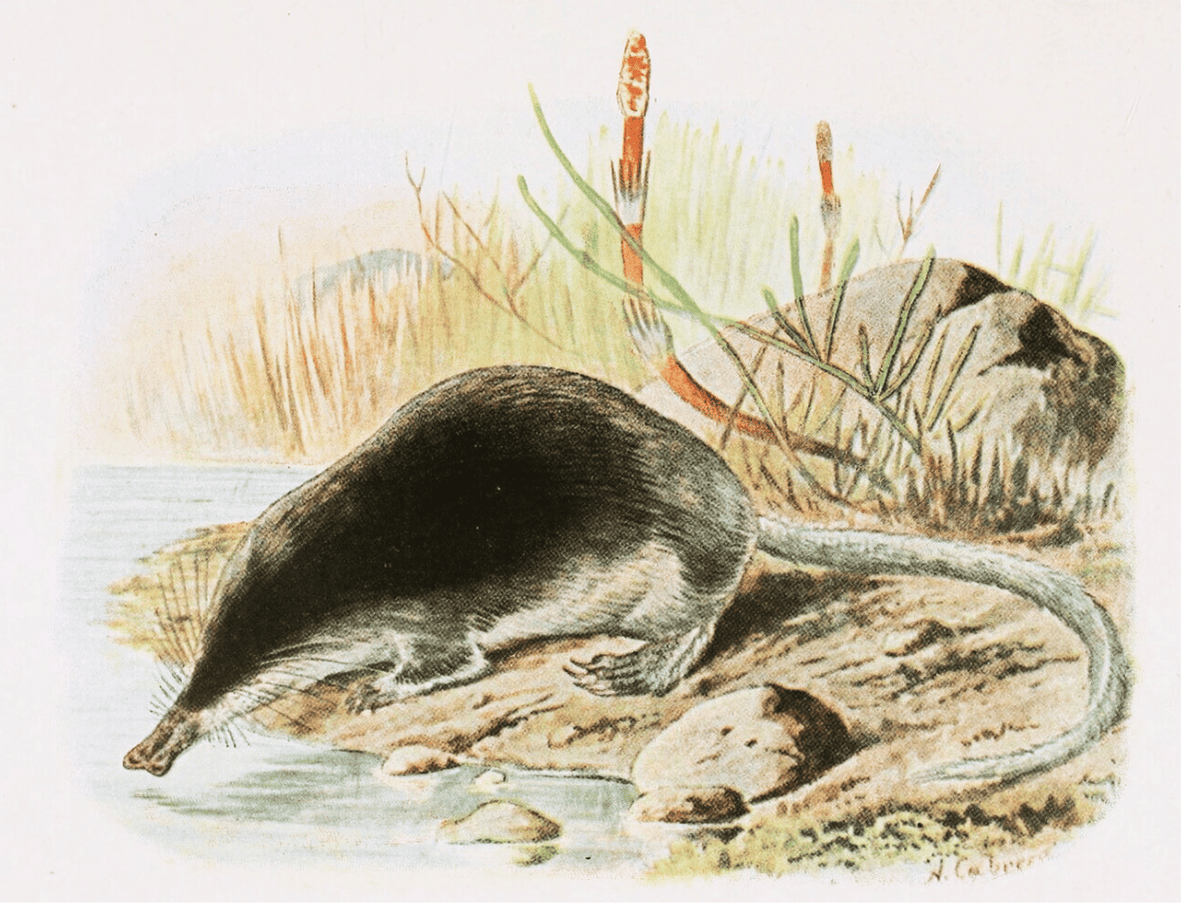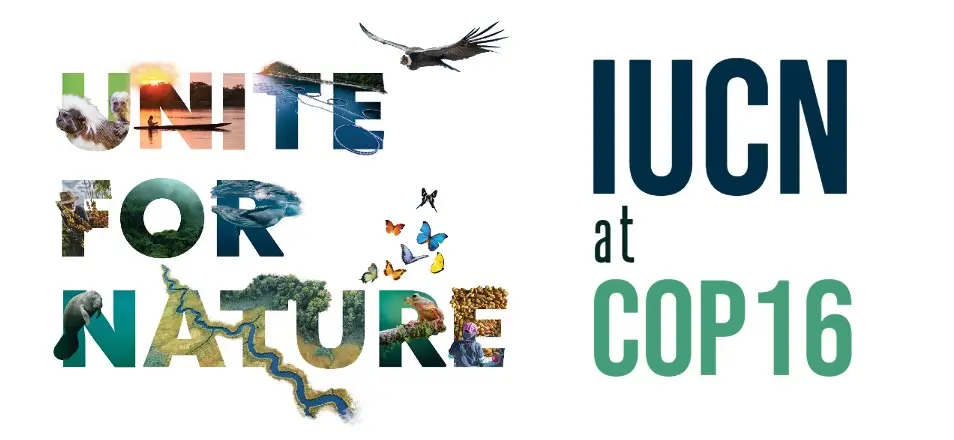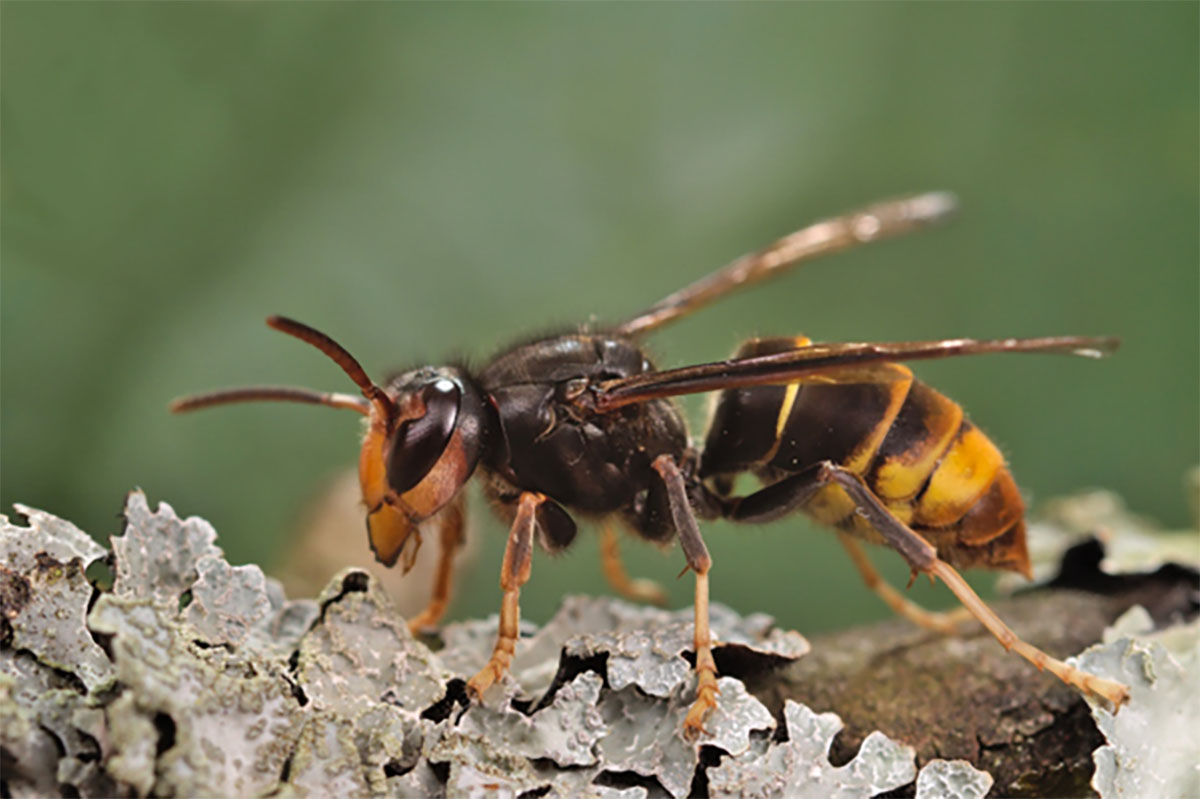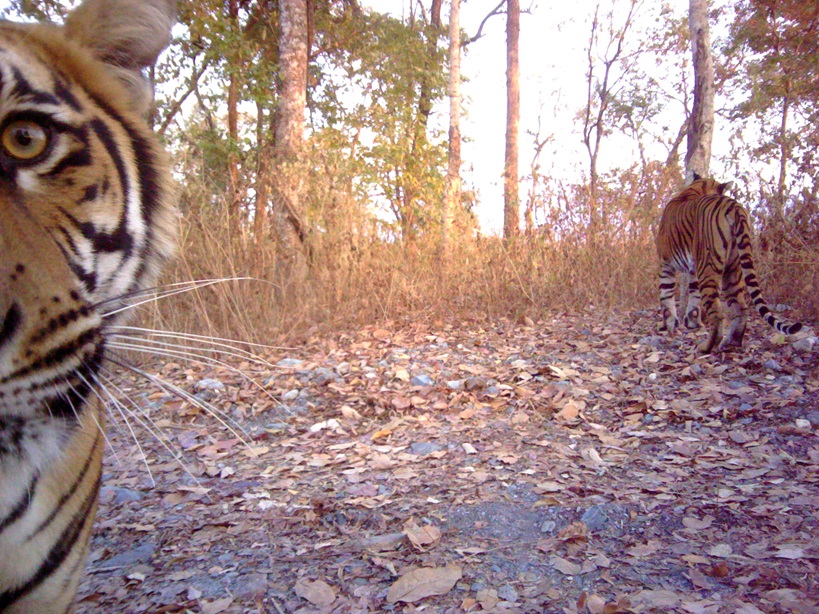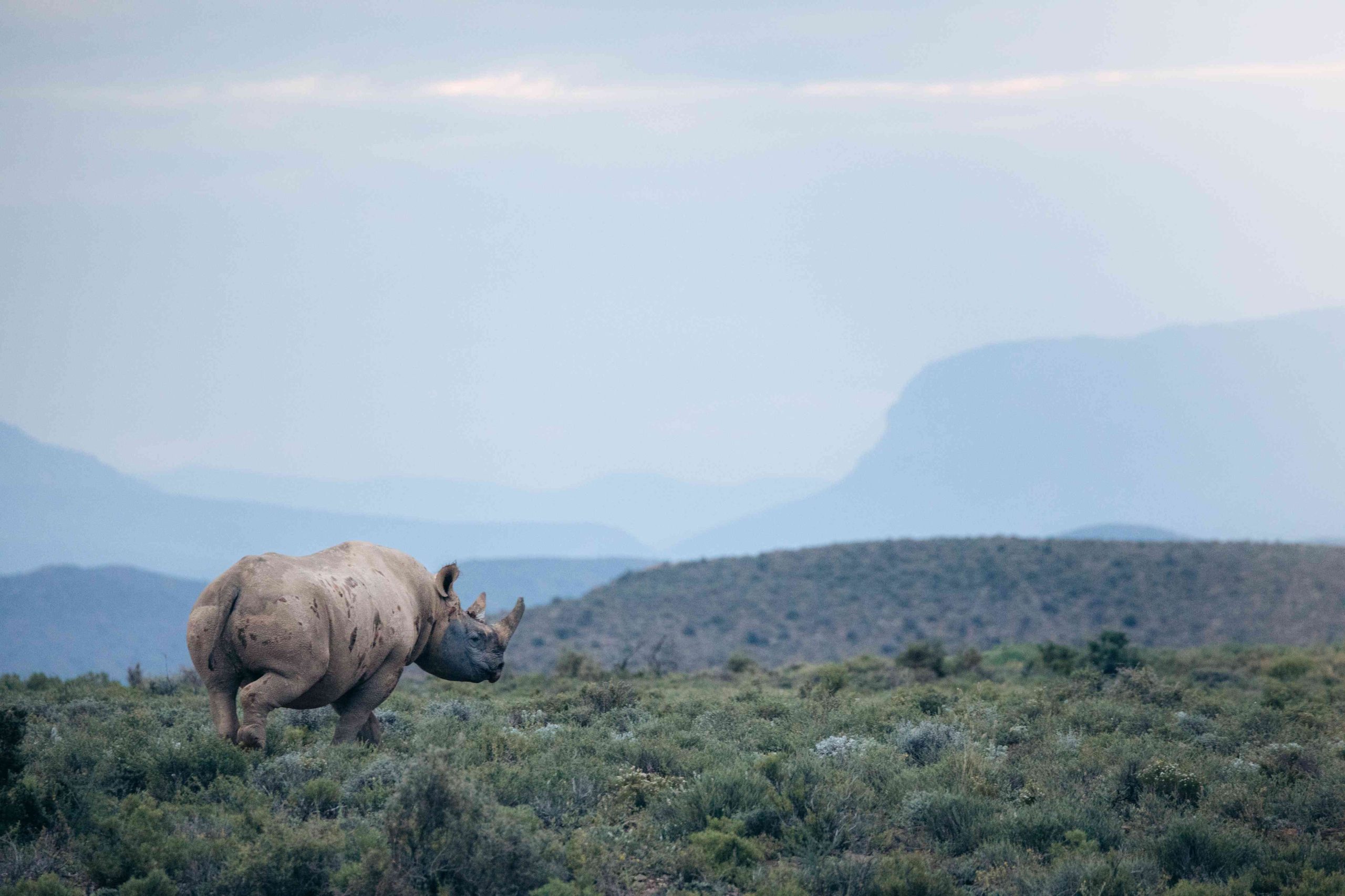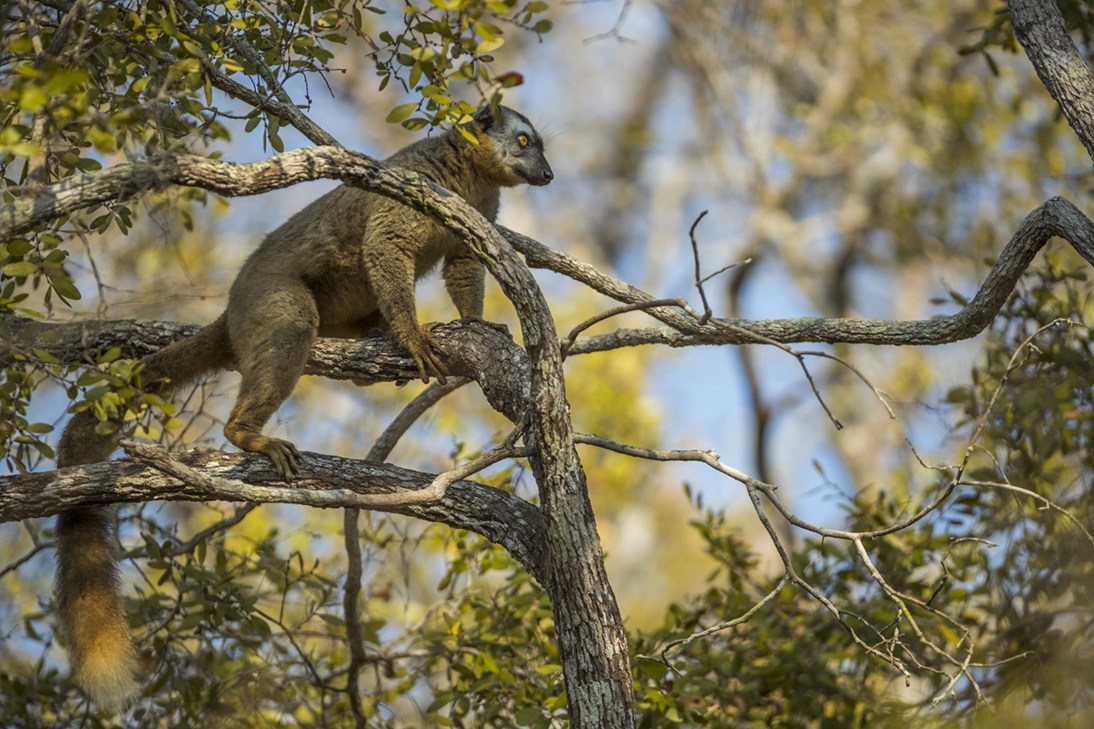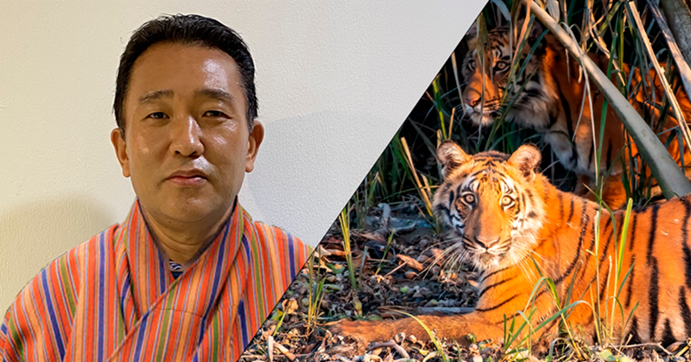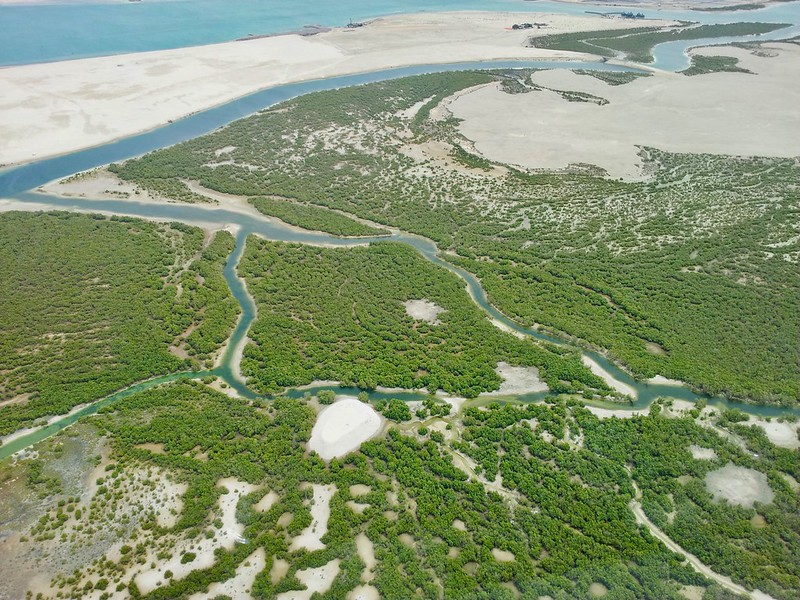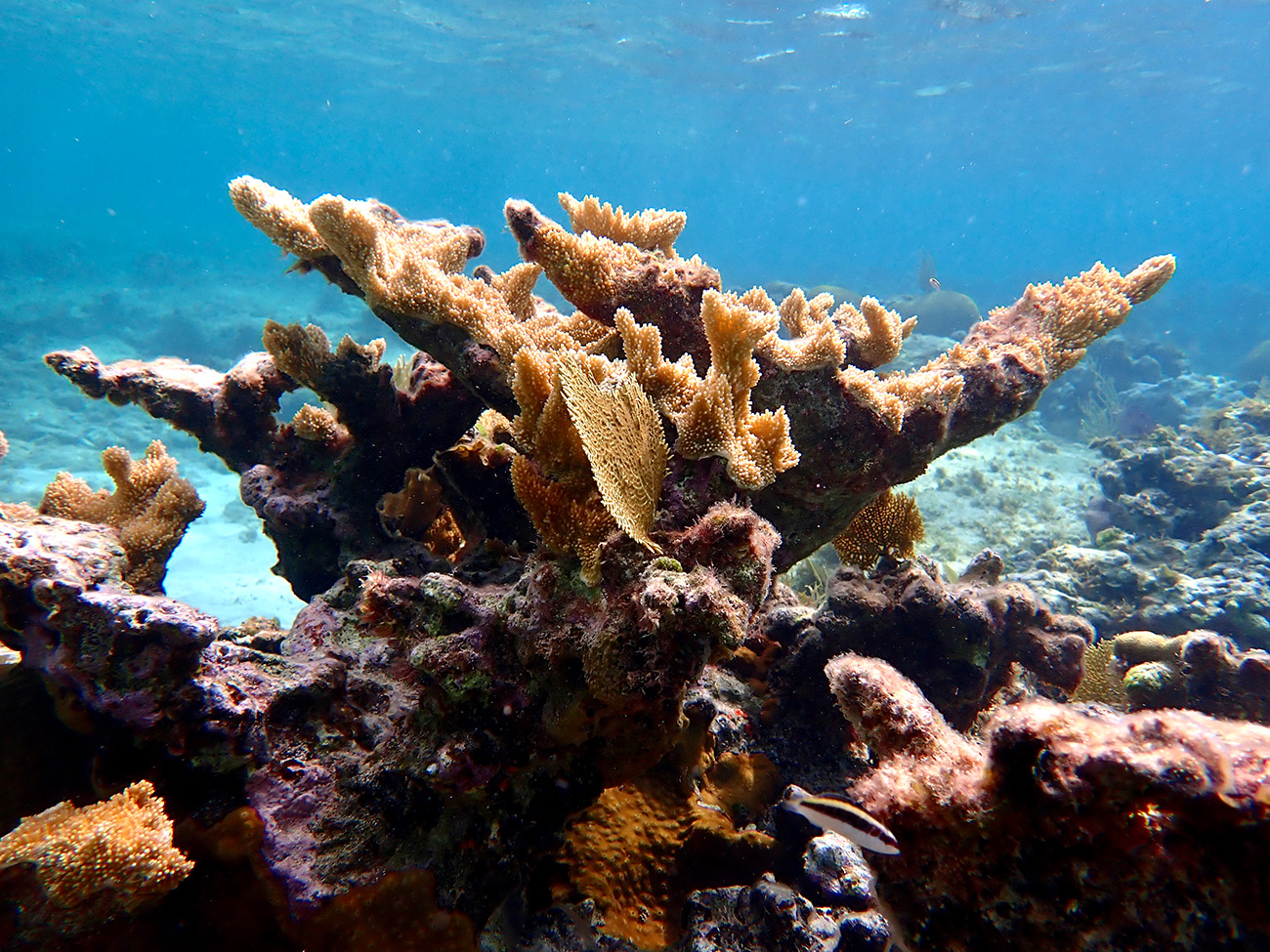At the 44th meeting of the Standing Committee of the Bern Convention in December in Strasbourg, the contracting parties decided to move the wolf (Canis lupus) from Appendix II (strictly protected) to Appendix III (protected). This decision may potentially have long-term implications on the conservation status and management of wolf populations in Europe.
Related content
Primary tools and resources
IUCN Save Our Species
Through the hard work of our grantees, advice from IUCN’s many species experts and the support of our incredible donors and partners, we are able to deliver great impact for species threatened with extinction.
Why protect species
The alarm has been raised repeatedly about the decline in biodiversity across the planet. By allowing this decline to continue, we erode the very foundations of our existence.
Current initiatives
IUCN Save Our Species’ current portfolio is made up of almost 90 projects from all over the world. They are integrated into region-focused or species-focused initiatives.
International Ranger Federation Code of Conduct
The mission of the International Ranger Foundation is ‘To develop, advance and promote throughout the world community, the Ranger profession, and its critical role in the conservation of natural and working cultural resources’. The IRF Code of Conduct provides a common definition for a ranger and templates for ranger values and codes of conduct and is available in several languages. The aim is for rangers to uphold the values and commit to the Code of Conduct.
Open Standards for the Practice of Conservation
The Open Standards for the Practice of Conservation, or Conservation Standards (CS) for short, are a set of principles and practices that bring together common concepts, approaches, and terminology for conservation project design, management, and monitoring. They were developed by the Conservation Measures Partnership (CMP), have been widely adopted, and are updated regularly in collaboration with the wider conservation community. The Conservation Standards are open-source (Creative Commons license) and can be shared, used, and adapted as users wish to fit their context.
The Standards describe ideal practices for doing effective conservation work, using a mutually defined vocabulary and focus on a rigorous approach to project management. Recognising that adequate resources are lacking, a draft “Cookbook” for Lighter Approaches to the Conservation Standards and a supporting video are also provided.
CBD Guidance on enhancing positive and minimizing negative impacts on biodiversity of climate change adaptation activities
This document was produced by the CBD Subsidiary Body on Scientific, Technical and Technological Advice (SBSTTA) in 2016. It provides guidance on enhancing the positive and minimizing the negative impacts on biodiversity of climate change mitigation and adaptation activities, based on recent literature, case studies, and experience.
Section I presents the main principles of enhancing positive and reducing negative impacts of climate change adaptation activities on biodiversity. Section II provides guidance on enhancing positive and minimizing negative impacts of climate change adaptation activities, with specific examples from different sectors and ecosystems. Section III provides examples of tools to enhance the benefits and reduce the negative impacts of mitigation on biodiversity, with references to other reports where additional information can be found.
Guidelines for the application of IUCN Red List of Ecosystems categories and criteria
The IUCN Red List of Ecosystems is a global framework for monitoring the status of ecosystems. It is part of the growing toolbox for assessing risks to biodiversity and aims to support conservation, resource use, and management decisions by identifying ecosystems most at risk of biodiversity loss. The basis of the IUCN Red List of Ecosystems is the IUCN Red List of Ecosystems Categories and Criteria, a set of eight categories and five criteria that provide a consistent method for assessing the risk of ecosystem collapse. These Guidelines assist correct implementation of the IUCN Red List of Ecosystems Categories and Criteria by providing information on the development of the protocol and a detailed overview of the scientific foundations supporting the categories and criteria.
Designing and managing protected and conserved areas to support inland water ecosystems and biodiversity
Inland waters – such as rivers, lakes and other wetlands – are among the most biodiverse ecosystems on the planet. They are also the most threatened; almost one in three species is at risk of extinction and monitored populations of freshwater species have declined by 85% since 1970. The loss of these ecosystems has cascading effects on human livelihoods, cultures and our overall well-being. While protected and conserved areas can play an important role in bending the curve of inland water biodiversity and ecosystem loss, they have rarely been designed, designated, and managed for that purpose. Motivated by the Kunming-Montreal Global Biodiversity Framework’s inclusion of inland waters in the target to conserve 30% of the planet by 2030, this report provides guidance in employing protected areas and other effective area-based conservation measures to benefit these ecosystems and the biodiversity they support. Through a series of case studies and synthesized research, it highlights how integrating the unique needs of inland waters into area-based strategies can improve conservation effectiveness across all realms, build climate resilience and sustain critical ecosystem services.
Global Environmental Facility
We support developing countries’ work to address the world’s most pressing environmental issues. We organize our work around five focal areas – biodiversity loss, chemicals and waste, climate change, international waters, and land degradation – and take an integrated approach to support more sustainable food systems, forest management, and cities.
United Nations Declaration on the Rights of Indigenous Peoples (UNDRIP)
The Declaration is a comprehensive instrument detailing the rights of indigenous peoples in international law and policy. It establishes a universal framework of minimum standards for the survival, dignity, wellbeing and rights of the world’s indigenous peoples.
The Declaration addresses both individual and collective rights; cultural rights and identity; rights to education, health, employment, language, and others. It outlaws discrimination against indigenous peoples and promotes their full and effective participation in all matters that concern them.
It also ensures their right to remain distinct and to pursue their own priorities in economic, social and cultural development. The Declaration explicitly encourages harmonious and cooperative relations between States and indigenous peoples.
IUCN SSC guidelines on human-wildlife conflict and coexistence : first edition
As human-wildlife conflicts become more frequent, serious and widespread worldwide, they are notoriously challenging to resolve, and many efforts to address these conflicts struggle to make progress. These Guidelines provide an essential guide to understanding and resolving human-wildlife conflict. The Guidelines aim to provide foundations and principles for good practice, with clear, practical guidance on how best to tackle conflicts and enable coexistence with wildlife. They have been developed for use by conservation practitioners, community leaders, decision-makers, researchers, government officers and others. Focusing on approaches and tools for analysis and decision-making, they are not limited to any particular species or region of the world.
UNESCO Man and the Biosphere (MAB) programme
UNESCO Man and the Biosphere (MAB) is an intergovernmental programme that aims to establish a scientific basis for enhancing the relationship between people and their environments. The World Network of Biosphere Reserves is an interactive network of sites of excellence that foster harmony between people and nature for sustainable development, respect for cultural values, and society’s ability to cope with change. There are 748 biosphere reserves in 134 countries, including 23 transboundary sites. Sites can be proposed by all Member States and Associate Members of UNESCO. Biosphere reserves are nominated by national governments and designated under the intergovernmental MAB Programme following the decisions of the MAB International Coordinating Council.
How to use
To obtain further information on the MAB programme and existing MAB sites, or to download the Requirements and Nomination forms, visit: https://en.unesco.org/biosphere
IUCN WCPA Diagnostic tool for transboundary conservation planners
This tool (i) supports the decision-making process when establishing and implementing transboundary conservation initiatives; (ii) minimizes the risks of the process; (iii) enables planners to assess the feasibility of design and implementation of transboundary conservation measures. Version 2.0 was released by IUCN’s World Commission on Protected Areas (WCPA) Transboundary Conservation Specialist Group in June 2020.
How to use
For further details and to access the tool:
Integrated Biodiversity Assessment Tool (IBAT)
IBAT is a biodiversity impact assessment tool that enables companies and other users to screen the potential risks to biodiversity and key sites from proposed development. IBAT is
based on three global datasets, the IUCN Red List of Threatened Species, World Database on Protected Areas, and World Database of Key Biodiversity Areas]. IBAT provides data, tools, and guidance to assist organisations in acting on biodiversity-related risks and opportunities, and provide sustainable funding to support biodiversity datasets. IBAT has a GIS download service which is available through five plans, ranging from free to USD 35,000 /year, according to the level of access required. Data can be downloaded at global level or at more local levels. Biodiversity data reports can be generated as a pdf document, or as raw data in CSV format, and/or map files. IBAT report templates include a simple proximity report, a World Bank Group risk report, and a freshwater report.
Responsible Business Alliance Practical Guide to Responsible Sourcing of Goods and Services
The Responsible Business Alliance (RBA) Practical Guide to Responsible Sourcing of Goods and Services outlines standard procurement steps to appropriate RBA tools and resources, to help give buyers confidence the products that they procure from RBA members are made in socially and environmentally responsible ways.
Species 360
Species360 is a non-profit NGO working in wildlife care to improve animal welfare and species conservation. It mobilizes a network of more than 1,300 aquarium, zoo, university, research, and governmental members in 102 countries. A central part of is the Zoological Information Management System (ZIMS), the world’s leading resource for the collection and sharing of data on animals, enabling ex situ institutions to manage their collections effectively and contribute valuable information to global conservation initiatives. ZIMS is the world’s most comprehensive knowledge database on more than 22,000 species. In 2022, Species360 expanded its mission to include flora and extend its operations to horticultural record-keeping, with the addition of Hortis – a specialized software for record-keeping and management of botanical collections.
How to use
Information on Species 360, ZIMS, and Hortis is available at: https://species360.org/about-us/about-species360/
To access Species 360 data it is necessary to register: https://species360.org/become-a-species360-member/
The FairWild Standard
The FairWild Foundation’s mission is to enable transformation of natural resource management and business practices to be ecologically, socially, and economically sustainable along the value chains of wild-collected products. The FairWild Standard
includes principles and guidance for use throughout these value chains. Together with its system of certification, it provides assurance of ethical and responsible practices across three dimensions of sustainability – ecological, socio-cultural, and business. The FairWild Standard 3.0 contains 7 Principles and 24 Criteria. Adherence to the FairWild Principles ensures that businesses in value chains for wild harvest ingredients act ethically and sustainably and make a positive contribution to the conservation of biodiversity. The FairWild Standard Performance Indicators outline the factors that contribute to the risk of unsustainable wild collection of target species.
IUCN WCPA Diagnostic tool for transboundary conservation planners
This tool (i) supports the decision-making process when establishing and implementing transboundary conservation initiatives; (ii) minimizes the risks of the process; (iii) enables planners to assess the feasibility of design and implementation of transboundary conservation measures. Version 2.0 was released by IUCN’s World Commission on Protected Areas (WCPA) Transboundary Conservation Specialist Group in June 2020.
How to use
For further details and to access the tool:
The Terra Viva Grants Directory
The Terra Viva Grants Directory is an online information service on funding opportunities for the developing world in (1) Agriculture, Fisheries, Forestry; (2) Biodiversity, Conservation, Wildlife; (3) Energy, Climate Change; (4) Water Resources; and (5) Cross-Cutting Subjects. The platform lists current grant opportunities and profiles of over 800 grant programs, including application deadlines by month, subject area, and form of grant support. Funding News is a blog of open calls for proposals that is updated regularly.
Basic access for project funding or scholarships is free resources. Full access requires a paid subscription.
The World Database on Protected Areas (WDPA)
The WDPA is a comprehensive global database on terrestrial and marine protected areas and Other Effective Area-based Conservation Measures (OECMs). It is a joint project between the UN Environment Programme and IUCN, and is managed by the World Conservation Monitoring Centre (UNEP-WCMC). The WDPA is updated on a monthly basis and site data and maps are available through the Protected Planet platform. About 261,766 officially recognised protected areas are listed, covering over 15% of the of the earth’s land surface and 7.4% of the world’s oceans. Protected Planet contains interactive maps and has eight thematic areas. Every two years, UNEP-WCMC releases the Protected Planet Report on the status of the world’s protected areas and makes recommendations on how to meet international goals and targets.
How to use
- To access the Protected Planet website and explore the World Database on Protected Areas (WDPA), World Database on OECMs, Global Database on Protected Area Management Effectiveness (GD-PAME), and associated information: https://www.protectedplanet.net
- To contribute information on a site to the WDPA: https://www.protectedplanet.net/en/thematic-areas/wdpa?tab=WDPA
Strategic Environmental Assessment (SEA)
Strategic Environmental Assessment (SEA) is one of the main tools available to achieve integration of the principles of sustainable development into country policies and programmes, involving a range of analytical and participatory approaches. SEAs are becoming more urgent and necessary but moving from concept to action and towards results has varied. The OECD has produced guidance notes that promote a more harmonised, effective approach to SEA, working alongside key donor and development agencies. The Guidance explains the benefits of using SEA in development co-operation, sets out key steps for its application based on recent experiences, and presents the nine most interesting case studies of SEA in progress.
The IUCN Urban Alliance
The Urban Alliance is a diverse global coalition of international partners committed to bringing cities into balance with nature. Several resources are available including an IUCN briefing paper, the Urban Nature Indexes: methodological framework and key indicators, and the IUCN Urban Toolbox. This is a catalogue of IUCN knowledge products on urban biodiversity that provides guidance to subnational governments, municipalities, and urban professionals on nature-positive development in urban environments. The tools featured support assessment, planning, design, implementation, and monitoring.
How to use
- Information on The Urban Alliance can be accessed at: https://iucnurbanalliance.org
- The Briefing paper on Cities and Nature can be downloaded at: https://www.iucn.org/resources/issues-brief/cities-and-nature
- The Urban Nature Indexes: methodological framework and key indicators can be downloaded at: https://portals.iucn.org/library/node/50782
- The IUCN Urban Toolbox is available in English, French and Spanish at: https://iucnurbanalliance.org/iucn-urban-toolbox-released-in-english-french-and-spanish/
Paris Committee on Capacity Building (PCCB) TOOLKIT
The (PCCB) is the convening authority for capacity-building matters under the UNFCCC (UN Climate Change). This toolkit to assess capacity building gaps and needs to implement the Paris Agreement was developed as a resource for developing country officials and partners in the assessment of relevant capacity needs and gaps. This capacity assessment toolkit presents an overview of tools that support the assessment of capacity needed to address climate change.
It identifies key points and steps involved in the assessment process from design to evaluation, and is supported by case studies. It also includes examples of approaches that have been successfully adopted as well as links to additional resources that may be accessed via the UNFCCC capacity building portal and other online sources.
The Coalition for Conservation Genetics
The Coalition is a global network of conservation genetic experts working towards a shared goal of improving the integration of genetic information into conservation policy and practice.
The Coalition also aims to increase global capacity in conservation genetics by offering opportunities and support for currently underrepresented groups.
How to use
Further information is available at: https://www.coalitionforconservationgenetics.org
A set of webinars, reports, and publications on genetic research, capacity building, and policy are available on the Resources page at:
https://www.coalitionforconservationgenetics.org/resources
The study by O’Brien et al. (2022) can be accessed at: Bringing together approaches to reporting on within species genetic diversity – O’Brien – 2022 – Journal of Applied Ecology – Wiley Online Library
Database of Global Data Sources for Biodiversity Conservation Monitoring
The database has been developed by the IUCN SSC Species Monitoring Specialist Group with support from Re:wild. It includes 178 global data sources on: monitoring biodiversity state, pressures and threats; monitoring conservation responses to biodiversity loss, and those with multiple uses for biodiversity monitoring. A fact sheet answering frequently asked questions about the database is also available. The Species Monitoring Specialist Group is a voluntary network of experts from around the world and includes specialists on different species and taxa, on different monitoring techniques and issues, and on different types of data use. The group aims to enhance conservation by improving the flow of species data from collection point to decision-maker.
How to use
Version 3.0 of the database and the fact sheet can be downloaded at: https://www.speciesmonitoring.org/data-sources.html
A selection of Manuals, Guidelines and Methods Reviews is available at:
https://www.speciesmonitoring.org/guidelines-and-tools.html
To contact the Species monitoring Specialist Group: SpeciesMonitoring@gmail.com
The Global Platform for Sustainable Cities
This World Bank initiative presents the scientific basis for why and how incorporating biodiversity and nature into urban design is crucial for achieving sustainability and resilience in cities and beyond. The report defines key terms and concepts, explores what urban leaders can do to promote them, and offers practical tools and approaches for incorporating urban nature and biodiversity into decision-making.


